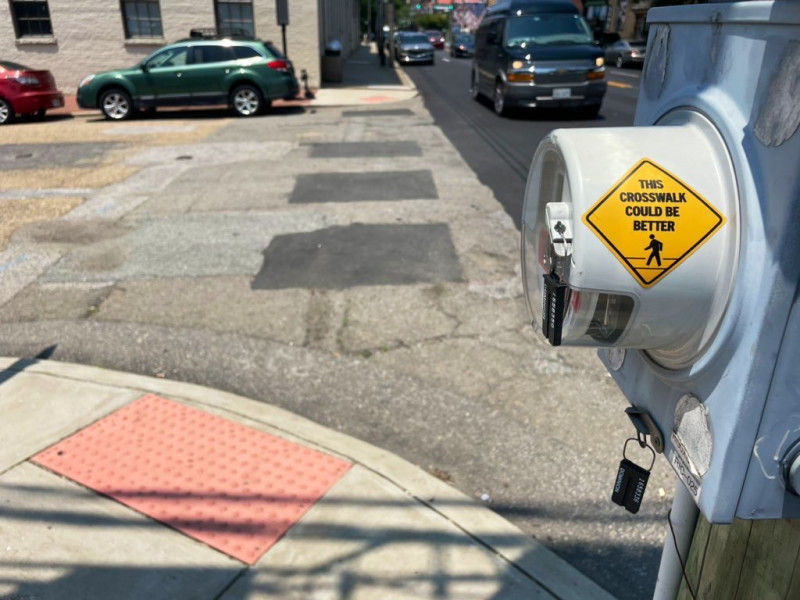It’s time to “think different” about automated traffic enforcement
|
Dear Readers,
With six days left in our campaign, we're just 9 people shy of our goal of welcoming 65 new recurring donors into the GGWash Neighborhood. Thank you so much to everyone who has stepped up this summer. We couldn’t do this work without you.
If you're on the fence about making the move, please know that your contribution of $5-$25+ per month makes it possible for us to publish important stories on land use, housing, and transportation each day; to sustain our student internship program; to host events around the region -- and so much more.
This week we published three great stories exploring strategies for creating safer streets, and recapped the Maryland legislative session.
Your belief in the mission of GGWash has kept this organization going for 15 years. Please join us as a recurring donor to help ensure we're around for at least 15 more.
Thank you for reading,
Chelsea Allinger, Executive Director
|
|
|
John Leibovitz (Guest Contributor) • August 21, 2023
_800_648_90.jpg)
Present-day automated traffic enforcement is based on outdated criminological theories, John Leibovitz argues, and it’s time to explore how increased sensor deployment, decreased fines, use of positive incentives, and other changes can make streets safer.
Share   
|
|
|
Aman George (Guest Contributor), Zach Israel (Guest Contributor) • August 24, 2023

DDOT lacks the tools and leadership to move aggressively to make DC’s streets safe, argue two advocates with local government experience.
Share   
|
|
|
Alex Holt (Contributor) • August 22, 2023

During the 2023 legislative session, the Maryland General Assembly took up many pieces of housing and transportation legislation, with both wins and losses for smart growth. Here we take stock of the good, bad, and future legislation.
Share   
|
|
|
Wyatt Gordon (Contributor) • August 23, 2023

With $8.9 million in state funding, Richmond’s Department of Public Works plans to implement safety improvements at one in ten Richmond intersections.
Share   
|
|